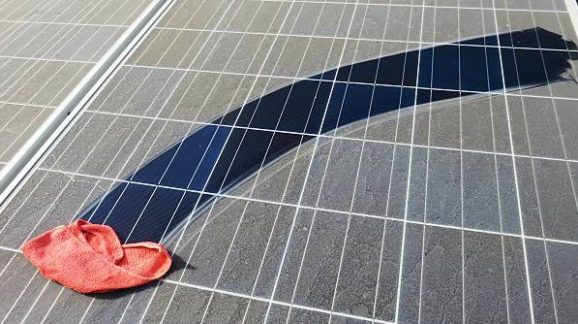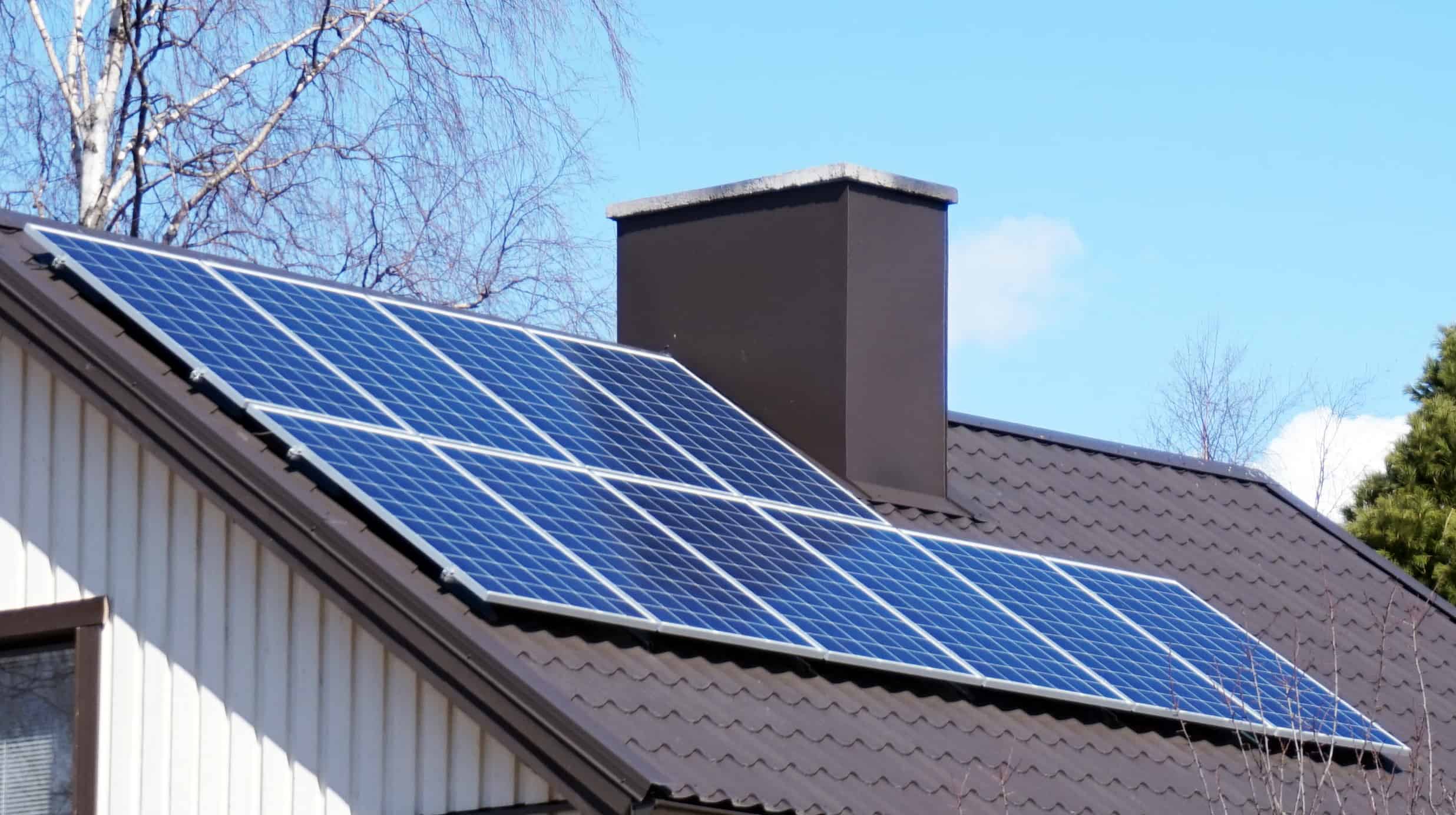Solar ‘Incentives’ Are Busting Out All Over

 Ever wonder why installations of household solar photovoltaic (PV) systems and utility-scale solar power have surged since 2014? The declining cost of solar technology is part of the reason. But a bigger factor may be the profusion of state and federal “incentive” programs, i.e. subsidies.
Ever wonder why installations of household solar photovoltaic (PV) systems and utility-scale solar power have surged since 2014? The declining cost of solar technology is part of the reason. But a bigger factor may be the profusion of state and federal “incentive” programs, i.e. subsidies.
A new report by the Consumer Energy Alliance (CEA) examines solar power incentive programs in 25 states. The report considers five categories of “direct” incentives: federal tax incentives, state tax credits, state rebates, utility programs (such as net metering), and Renewable Energy Certificates (RECs).
Amazingly, in eight states (Massachusetts, California, New Jersey, Rhode Island, Connecticut, Arizona, New Hampshire, and Minnesota), incentives exceed 100 percent of the costs of installing solar PV systems. Massachusetts leads the pack, with incentives equaling 218 percent of installation costs. Subsidies equal or exceed 77 percent of costs in all but five of the states surveyed.
“Residential solar PV systems receive, on average, between 104 percent and 140 percent of total system costs in incentives,” CEA finds. In contrast, utility-scale solar installations receive “about 45 percent of total system costs in incentives.”
Of course, solar subsidies do not fall like manna from heaven. Governments cannot give to some without taking from others. Taxpayers and consumers foot the bill for solar incentives.
“Through the 30 percent federal tax credit, various state tax credits and state rebates ranging between 10 percent and 65 percent, and the additional tax deductions provided by the depreciation of the solar assets for third-party-owned systems, taxpayers as a whole are covering a significant portion of the cost of an individual’s residential solar PV system in the United States,” according to the CEA report.
Similarly, through “utility programs and utility purchases in REC markets, utility customers in all customer classes share the cost of residential solar PV systems,” with general ratepayers contributing directly in about half the states analyzed and paying about 30 percent of costs in at least five states.
Plus, in a majority of jurisdictions, net metering programs, which allow solar PV owners to sell power back to the grid, pay none of the “capital expenditures for the poles, conductor, transformers, switches, and metering devices, as well as additional operation and maintenance expense to operate the system safely and reliably.”
CEA acknowledges that net metering programs may “shift fixed infrastructure costs onto non-solar customers” and even “shift costs onto less affluent customers.” However, the report does not suggest that a retrenchment would be desirable for reasons of either equity or efficiency.